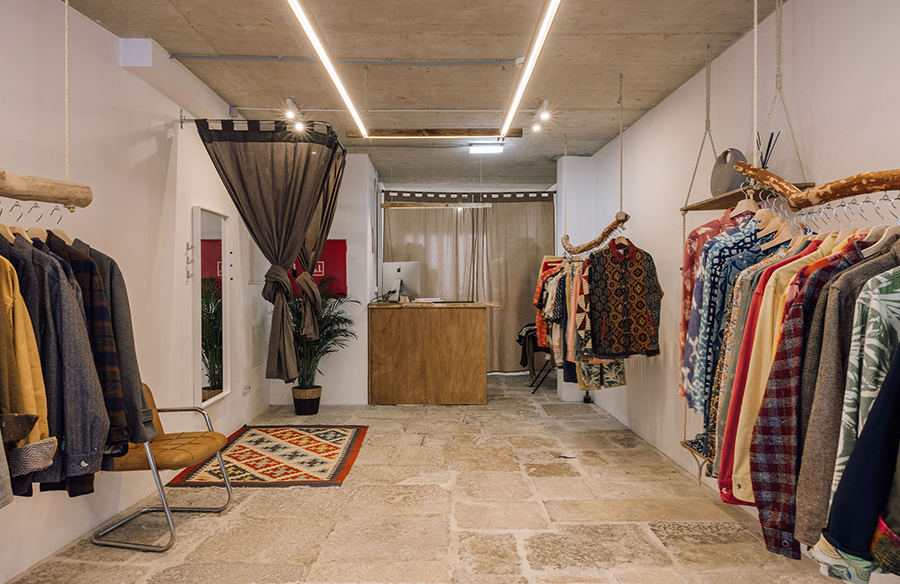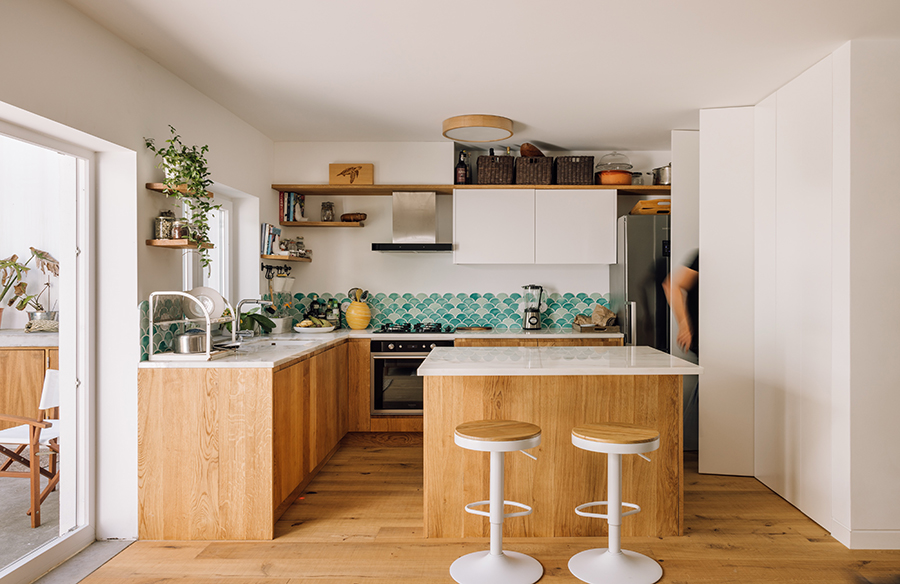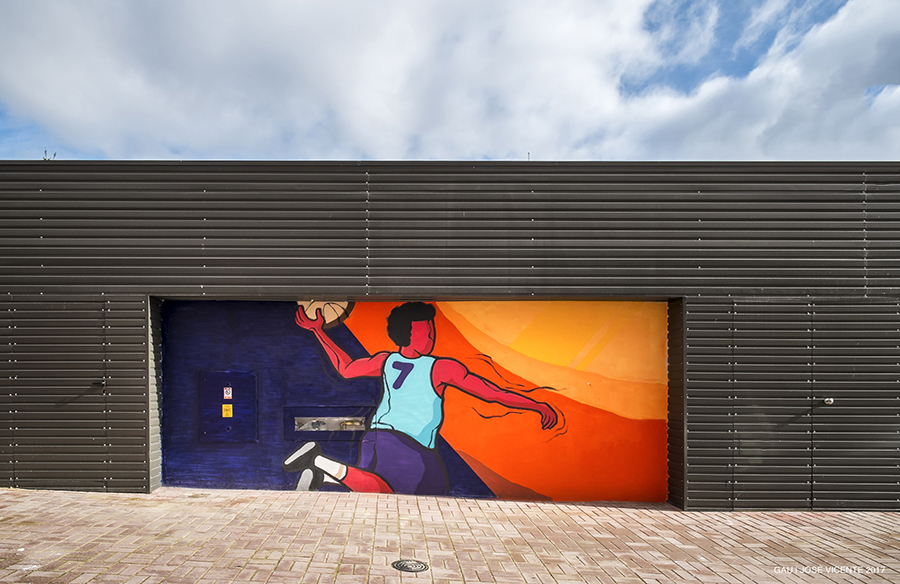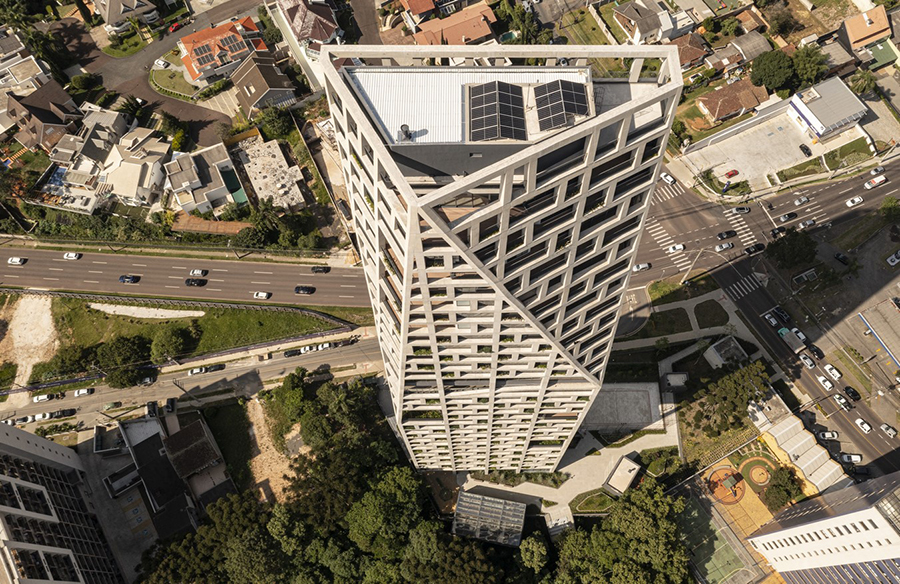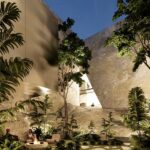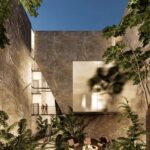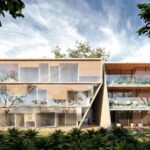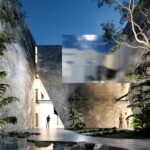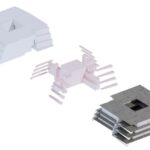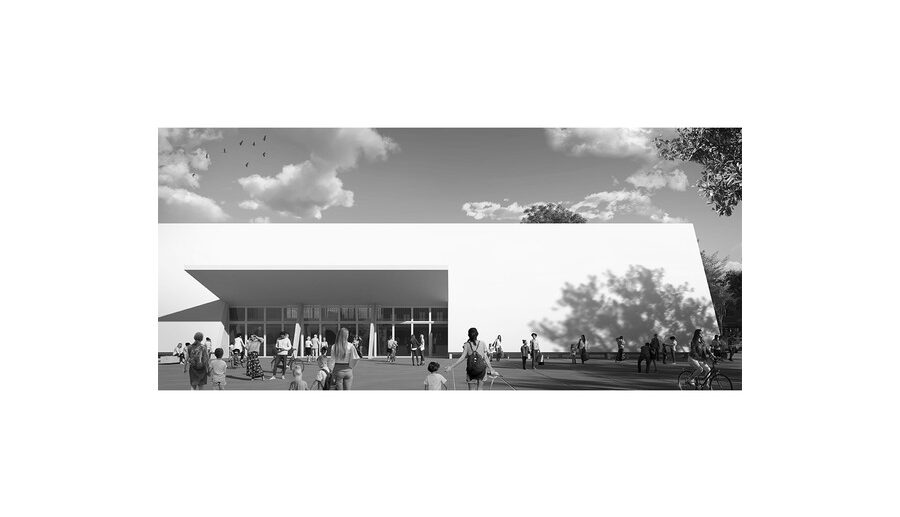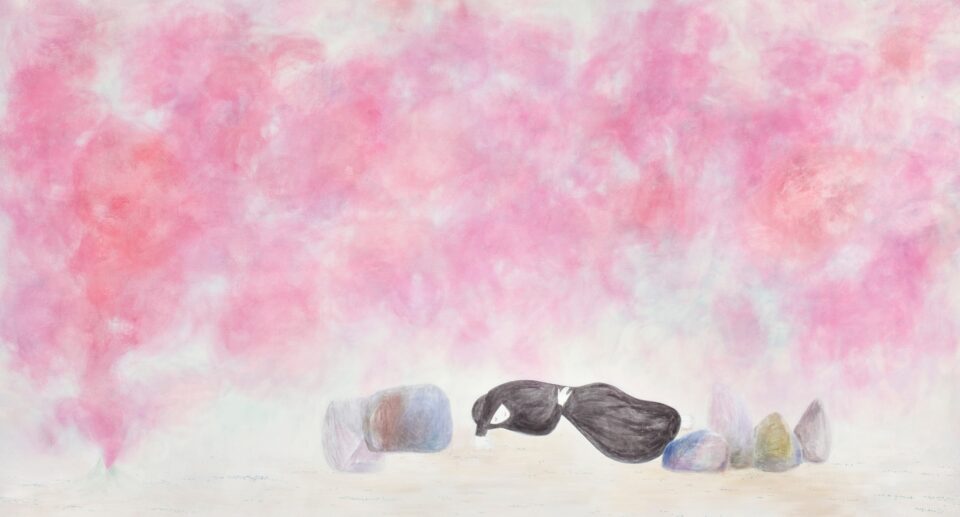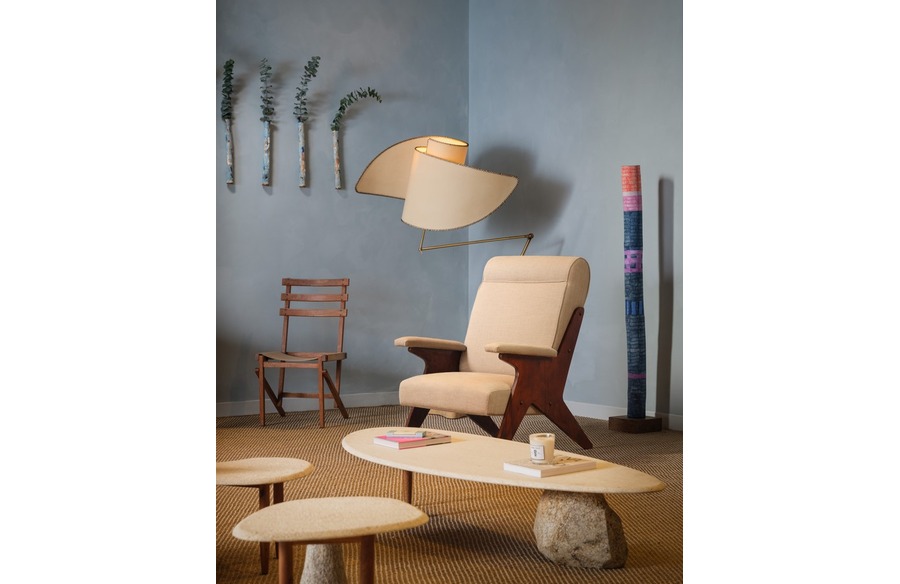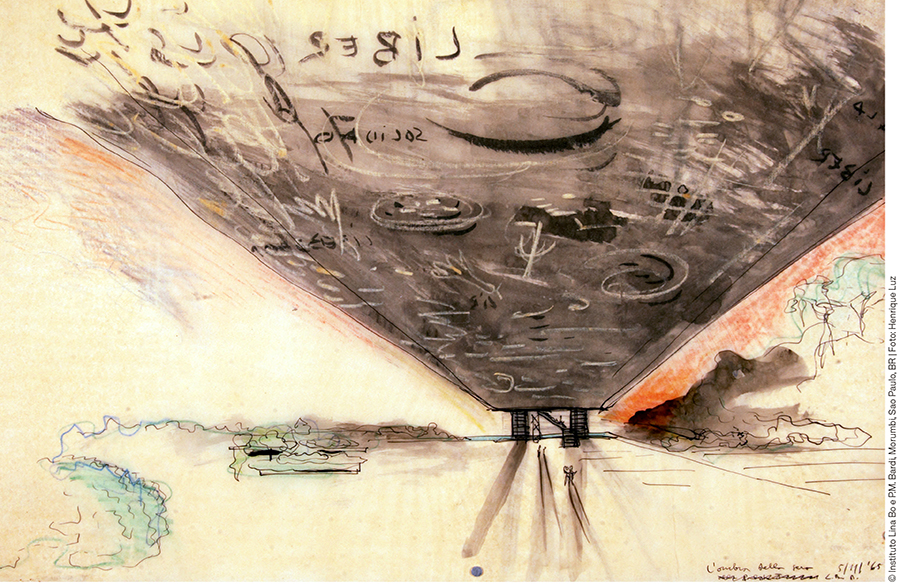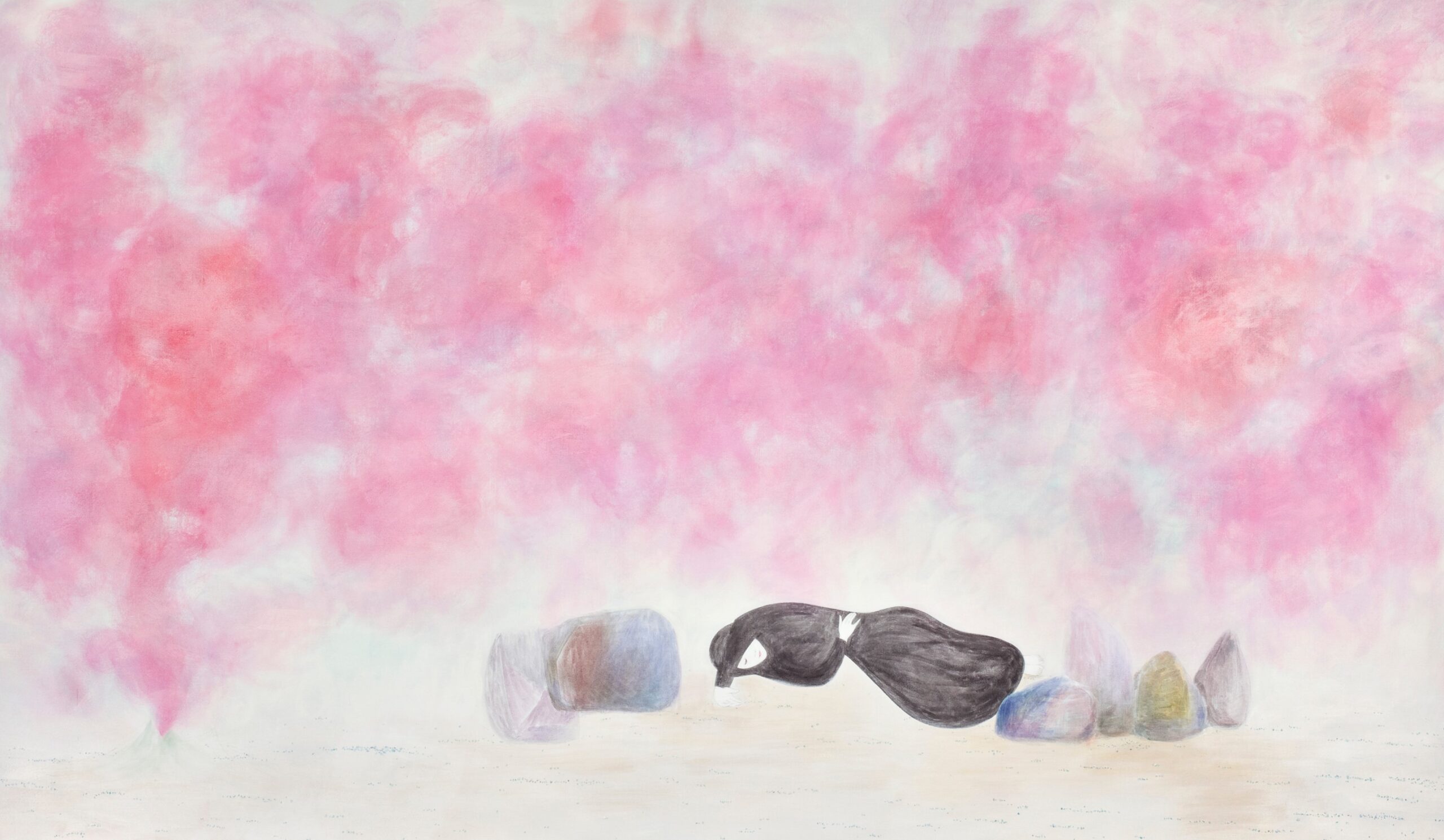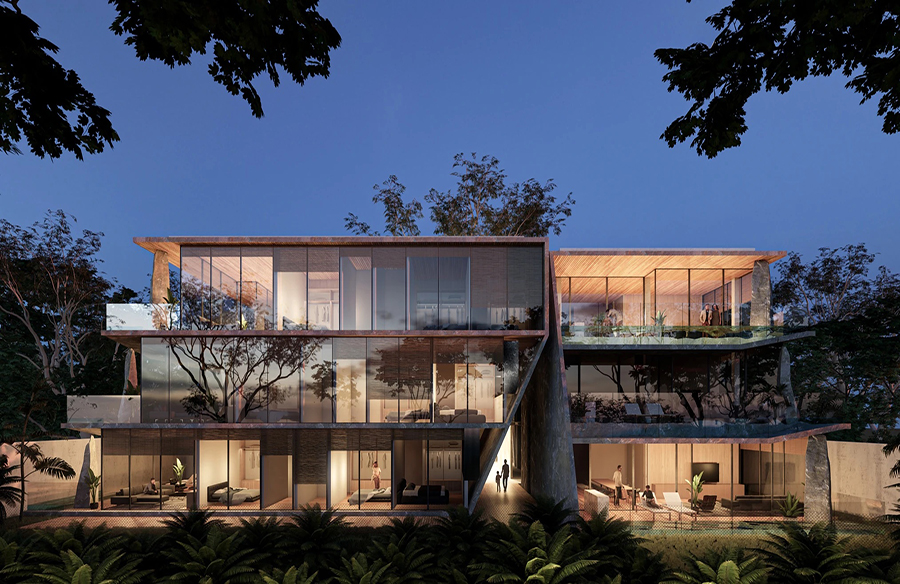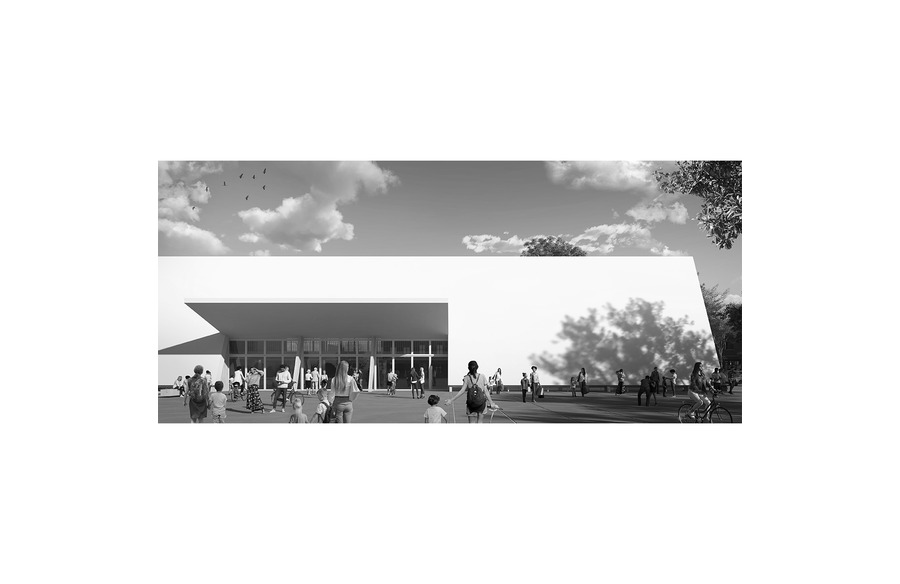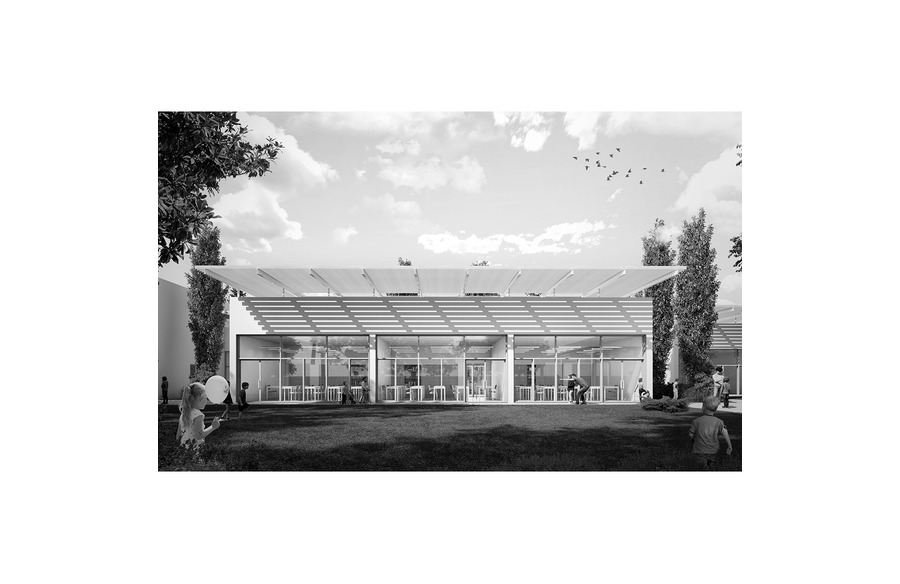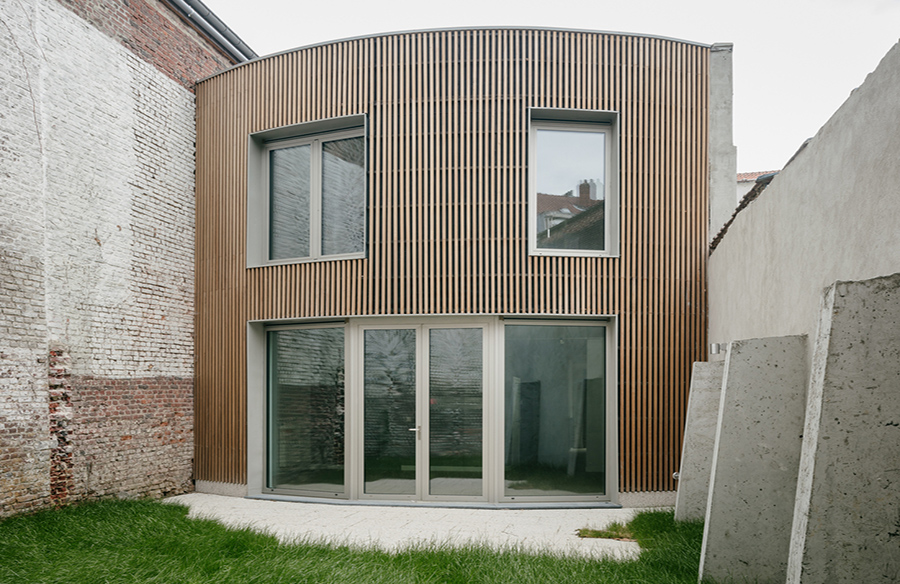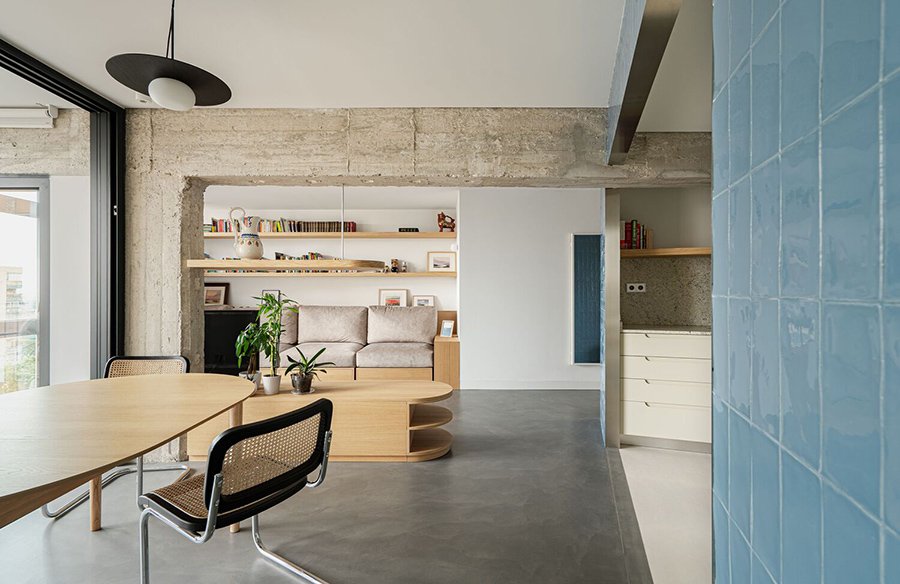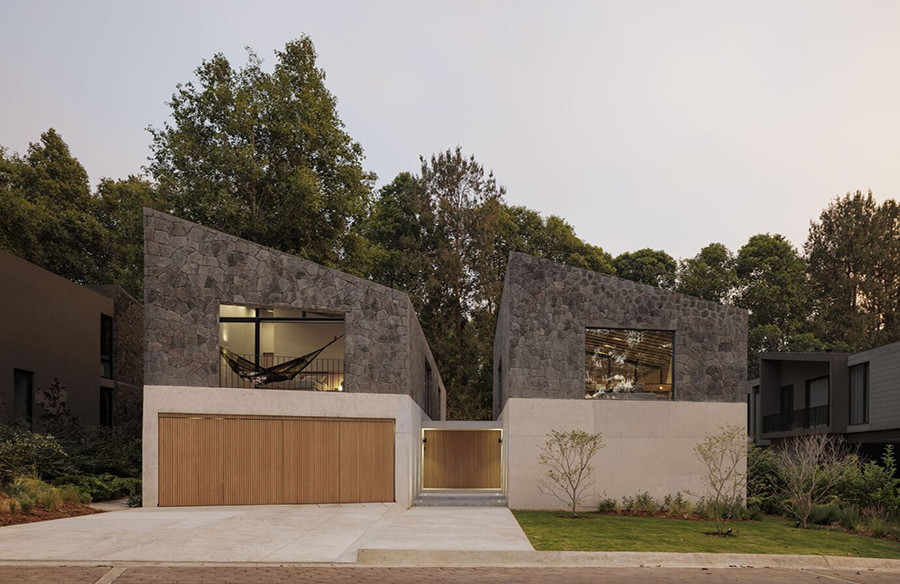Monolyt By Architects Office
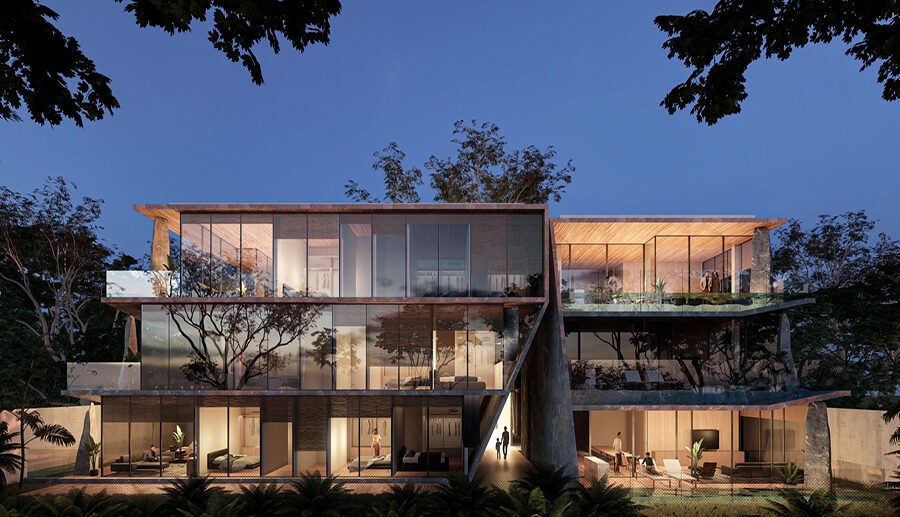
At Estaleiro Beach, architecture emerges from the mimesis and poetics of the erosion process, incorporating natural elements and human presence as agents. The millennial process guides volumetric architectural operations, aiming to integrate the built and preexisting environments. It proposes a solution that respects scales, experiences, and the local context, leaving a positive legacy in the region.
Project Name: Monolyt
Studio Name: Architects Office
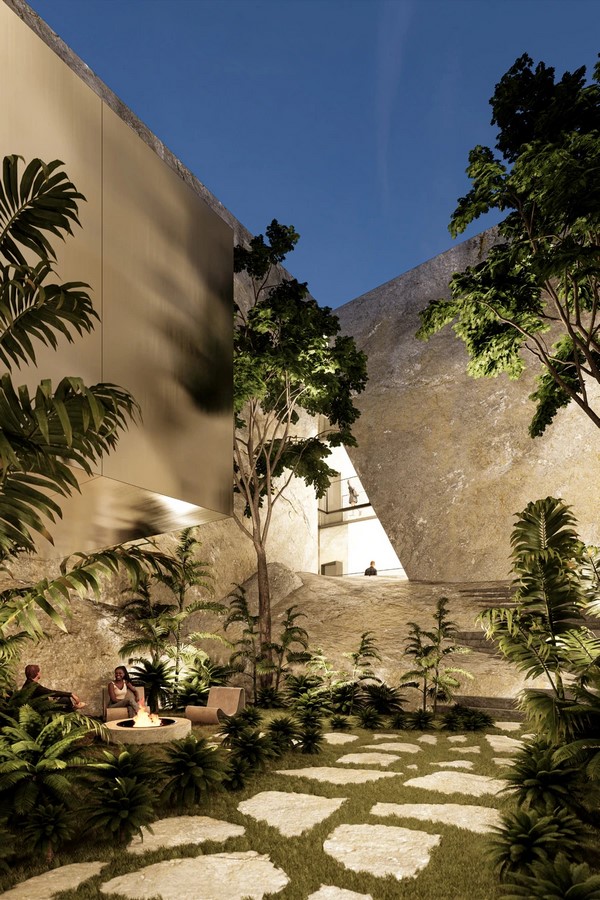
From the first visit to the site, it became evident that the coastal context of Santa Catarina, marked by urban verticalization over the last 50 years, required an architectural response that could preserve the essence of the place: unique geological formations, with rocks of varying resistance, shaping a coastline of almost untouched natural beauty.
The MONOLYT residential project, which is scenic, cinematic, and atmospheric, draws on rocks as its conceptual spark. The concept extends beyond the natural element, inspiring the creation of forms and volumes that evoke the erosive process. Human intervention aligns with natural wear, sculpting spaces, and pathways that respect and celebrate the original rocks, maintaining the balance between raw and refined.
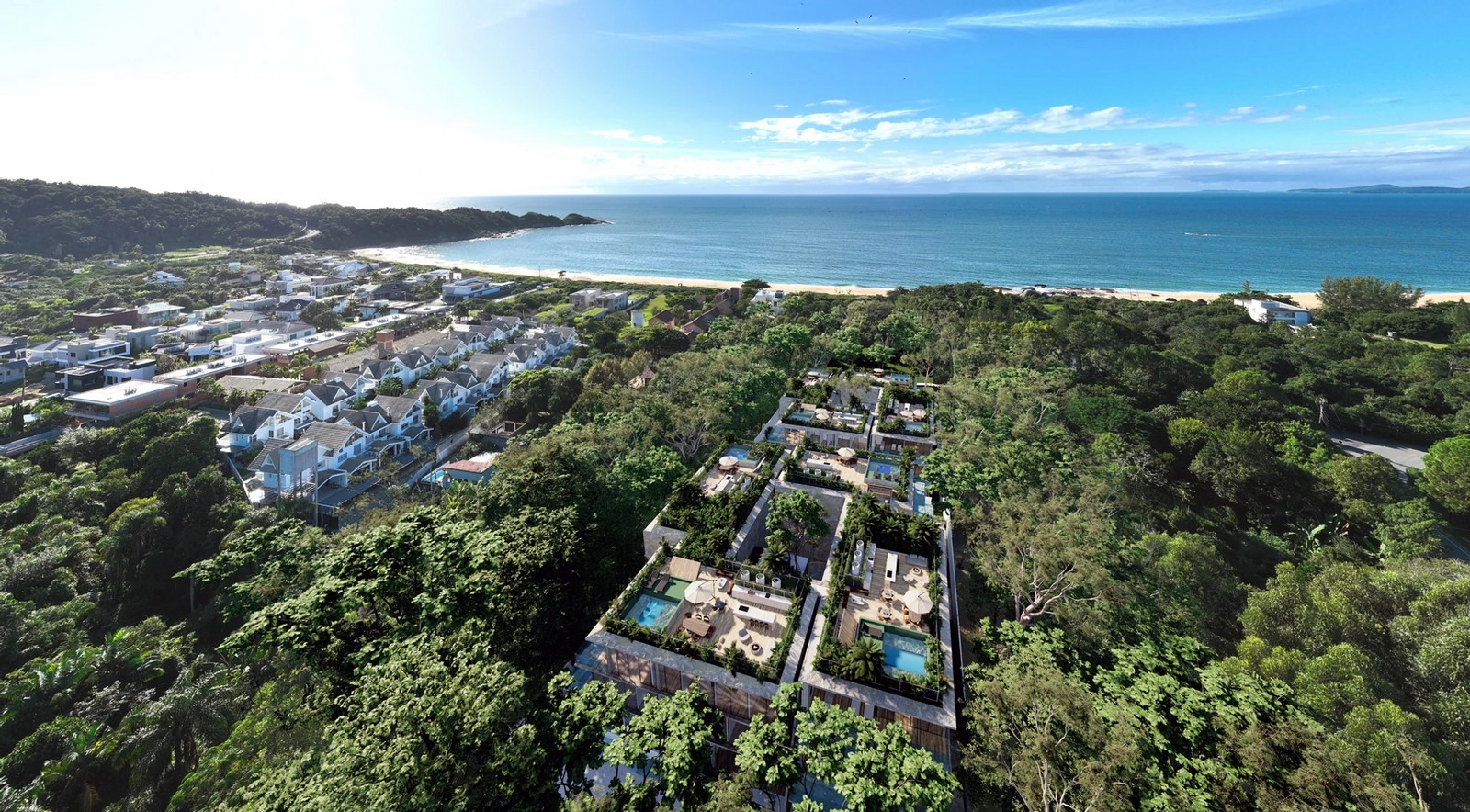
Rock as a Monument
With topography defined by the unevenness between two plateaus, the 180-meter-deep site is juxtaposed between the sea and the river. Considering the APP (Permanent Preservation Area) strip, 30 meters of native vegetation by the watercourse are respected and preserved in their original state. The project begins to take shape only from the remaining stretch: a transitional architecture mimicking local symbols.
A large monolith emerges from the ground. This raw rock is sculpted by human erosive processes and synthesized into two adjacent volumes occupying distinct levels. Each resulting block is eroded to form central courtyards, admitting natural light and ventilation in a rhythm of solids and voids.
The program erodes the monolith. The four residential units on each floor divide the blocks into their respective sections, each oriented differently, following a logic of staggered stratification. The fissures between these sections create new permeability, creating user pathways and voids as subsystems of open spaces inhabiting the sculpted rocks.
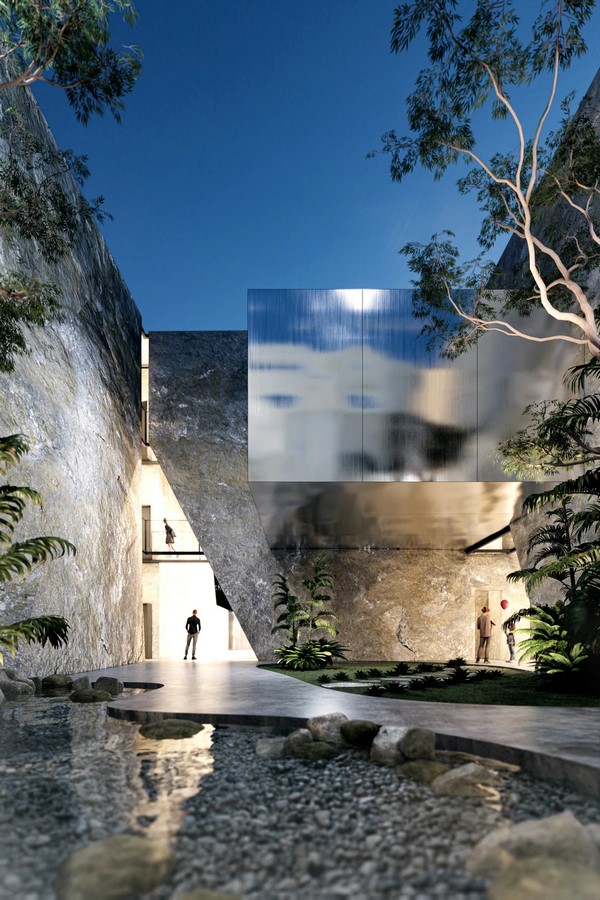
Rock as Atmosphere
The journey across the site, extending to the Permanent Preservation Area (APP), transforms walking into a playful experience. Landscaping that restores native vegetation delineates social areas, strengthening the bond with pre-existing nature. The flooring, composed of rocky fragments, guides paths connecting the internal areas of the residence, creating visual and sensory continuity.
Water emerges as the last and most symbolic element of this ecosystem. On the ground floor, reflecting pools evoke the sensation of entering a grotto, connecting architecture and nature. Private pools interact directly with the original rocks within the units, symbolizing MONOLYT’s identity and a link between the project and its natural surroundings. This underlines the integration between minerals and water.
Rock as Treasure
Beyond stones and open spaces, the next subsystem of MONOLYT’s architecture explores the rock as a treasure—a concept evoking discovery and preciousness. This principle is analogous to pyrite, a rock that, when stripped, reveals a cuboid formation with unexpected brilliance, comparable to the hidden richness in the project. Within the erosive process, these architectural elements function as blocks that settle and inhabit the carved spaces, defining everything from the access gatehouse to the equipment composing the common areas, with programs such as a spa, gym, and club.
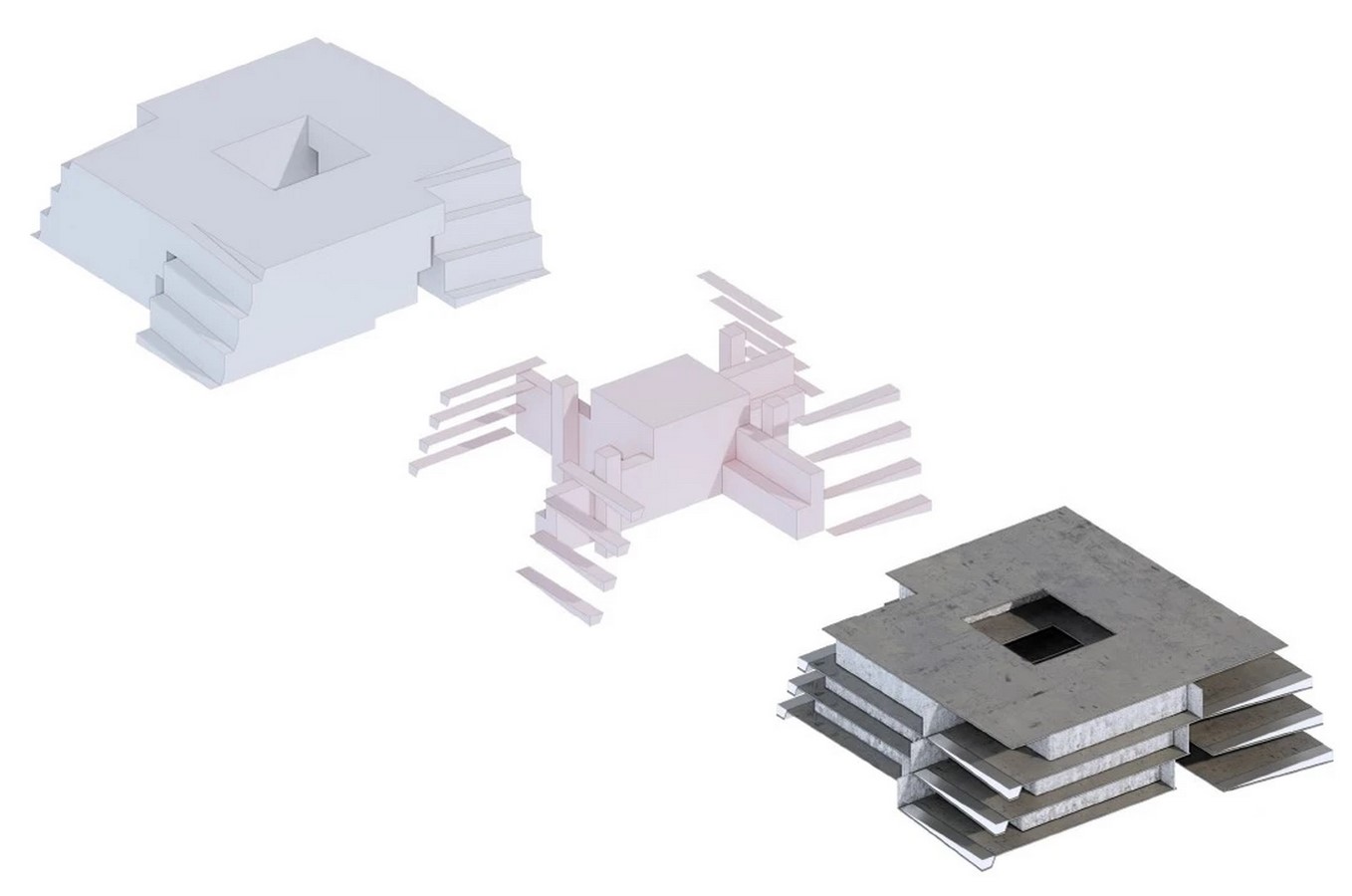
Rock as Furniture
The design process reaches the micro-scale of the building and even influences the furniture proposal. The presence of more stone pieces—either exclusively designed for the project or selected during the curatorial process—further reinforces rock’s potency as an inspiring source and its ultimate integration with the object it inhabits. “Monolyt offers a scenic, cinematic, and atmospheric residential space, in which architecture complements the natural environment and integrates form, materiality, and experiences.” – Greg Bousquet.
